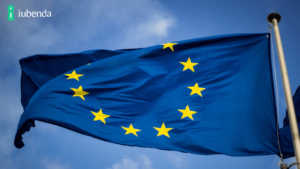A major step forward in data protection was made in Brussels on April 18, when the European Data Protection Board (EDPB) presented its 2024–2027 plan. This forward-looking strategy, which was presented during the most recent plenary session, presents a strong framework for navigating the intricate problems of the current digital era.

A Four-Step Method for Protecting Data
Each of the four primary pillars of the plan addresses a crucial aspect of data protection:
- Improving Harmonization and Encouraging Compliance: This pillar seeks to harmonize data security procedures within the European Union, facilitating regulatory compliance for organizations.
- Strengthening the Implementation of Data Protection regulations and Promoting Effective Cooperation among EU Member States: Here, the emphasis is on bolstering the enforcement of data protection regulations.
- Protecting Data Protection in the Developing Digital and Cross-Regulatory Environment: This pillar addresses the difficulties brought up by emerging technologies and the points where multiple regulatory frameworks converge.
- Contributing to the Global Data Protection Dialogue: Through international collaboration and discourse, the EDPB hopes to have an impact on global data protection standards and practices.
A Revisited Perspective
The new plan, as stressed by EDPB Chair Anu Talus, intends to realign the organization’s vision to better address present and future data protection requirements in a changing digital environment. The plan, which establishes a single course for the near future, is the result of collaboration between all EU data protection authorities (DPAs).
Looking ahead
Over the next four years, the EDPB will focus on developing practical, understandable guidelines to encourage adherence to data protection rules. It will also produce materials aimed at a broader audience to improve awareness of these matters. The board will build on the fundamental Vienna Statement and pursue initiatives like coordinated enforcement operations while maintaining enforcement cooperation as a top priority.
The strategy’s interplay with newly emerging digital regulations, like the Digital Services Act (DSA) and the Digital Markets Act (DMA), which have consequences for privacy and data protection, is a major new focus. In order to more fully incorporate data protection into the overall regulatory architecture, the EDPB seeks to strengthen partnerships with other regulatory bodies.
In order to safeguard privacy rights despite swift technological advancement, the EDPB’s strategic plan offers a strong data protection strategy that is capable of navigating the intricacies of the digital age.
